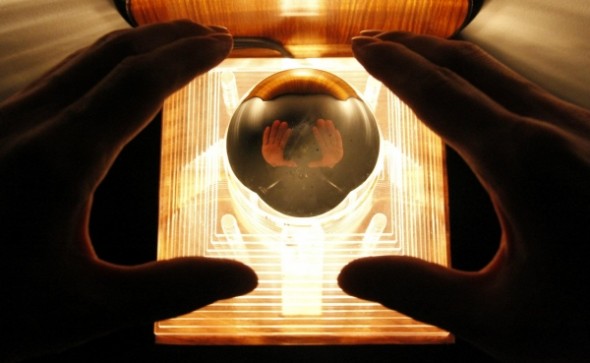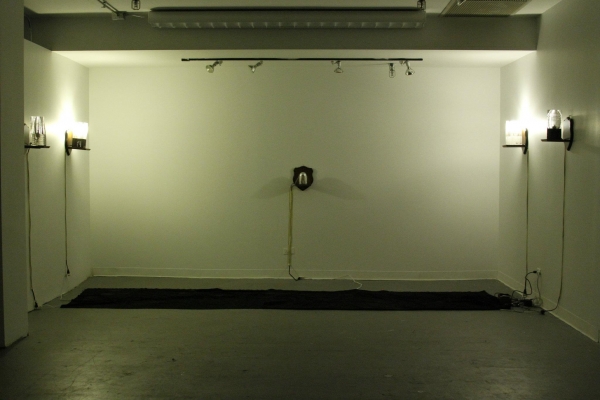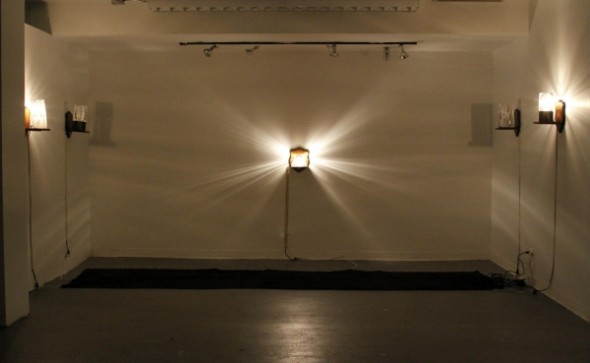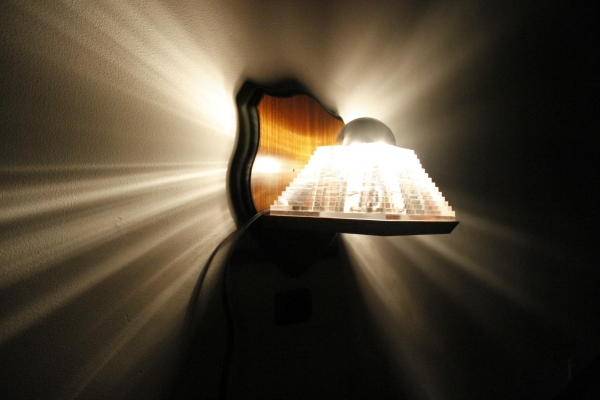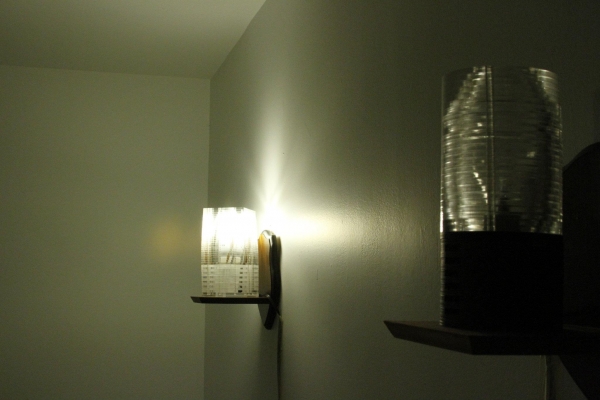Since 2012, many countries in the world have forbidden the retail sale and manufacturing of incandescent bulbs over 100W. This regulation will be extended to the 75W bulbs in 2013 and 40W in 2014. The United States had also planned to participate in this movement by the Energy Independence and Security Act of 2007. Even though Congress overturned the incandescent light bulb ban at the end of 2011, this regulation will be enforced widely and soon. Soon, we will not be able to see the incandescent bulb anymore except as a historical image in information.
Many environmentalists assert that the incandescent bulb harms our natural environment because it is highly inefficient. The low energy efficiency of the incandescent lamp is a fact. Only 5% of consumed energy is used for visible light. However, it is also true that the remaining 95% of inefficient energy is also used for emitting invisible light and power. Compared to other light sources, the incandescent bulb is the most similar to the luminosity light of the sun. It emits a whole range of light, not only visible light but also ultraviolet and infrared. These invisible lights and the beauty of glowing filaments give emotional warmth to humans, and these can not be substituted for by just emitting efficient visible light. Many recent research results have found harmful side effects of artificial light sources, such as LED and compact fluorescent light, on the human body. Furthermore, chemical contaminants released into our environment through manufacturing or inadequate recycling processes could harm the environment significantly.
The most critical aspect of this behavior is not these good aspects of the incandescent bulb. It is not about human rights, which is what opponents of banning the incandescent bulb are insisting. It is about a possibly expandable human notion of considering inefficiency. At this time, it is only about inanimate objects and light bulbs. However, the notion of efficiency can be expanded to plants, insects, animals, and finally, humans. Think about how terrible it would be if our collective consciousness could reasonably accept banning a person who has physical or psychological disabilities just because the person is more inefficient than “normal” people.
I’ve been working on this subject since 2012. At the beginning, I made desk lamps with layered acrylic sheets. The glowing filament is one of the nice aspects of incandescent bulbs. Thus, I made desk lamps that can be used without milky diffusing materials. Acrylic layers naturally diffuse the light source and amplify the beauty of an incandescent bulb. Also, shadows made through the layers are a special feature of incandescent light.
In the middle of 2012, I made an installation with the lamps. Five lamps, two compact fluorescent bulbs, and three incandescent bulbs are set in a dark space with trophy mounting plagues, which are usually used with hunted animal heads. These incandescent and fluorescent bulbs are gradually turned on and off one by one. Each fades on and off for 20 seconds, alternating 5 seconds of darkness and darkness. This installation offers an experience to feel the difference between incandescent lights, which use only 5% of energy for emitting light, and fluorescent light, which is considered green energy light substituting for incandescent bulbs. Moreover, it helps the audience decide whether the 95% of inefficiency is just useless inefficiency or something valuable that deserves to be conserved.
The next step is ‘DIY Incandescent Bulb.’ As I mentioned above, the glowing filament is a special feature of the incandescent bulb. It is unique and can’t be found in any other light source. Furthermore, the manufacture of incandescent bulbs will be banned by law. It could be our last chance to experience making an imaginary incandescent bulb.
